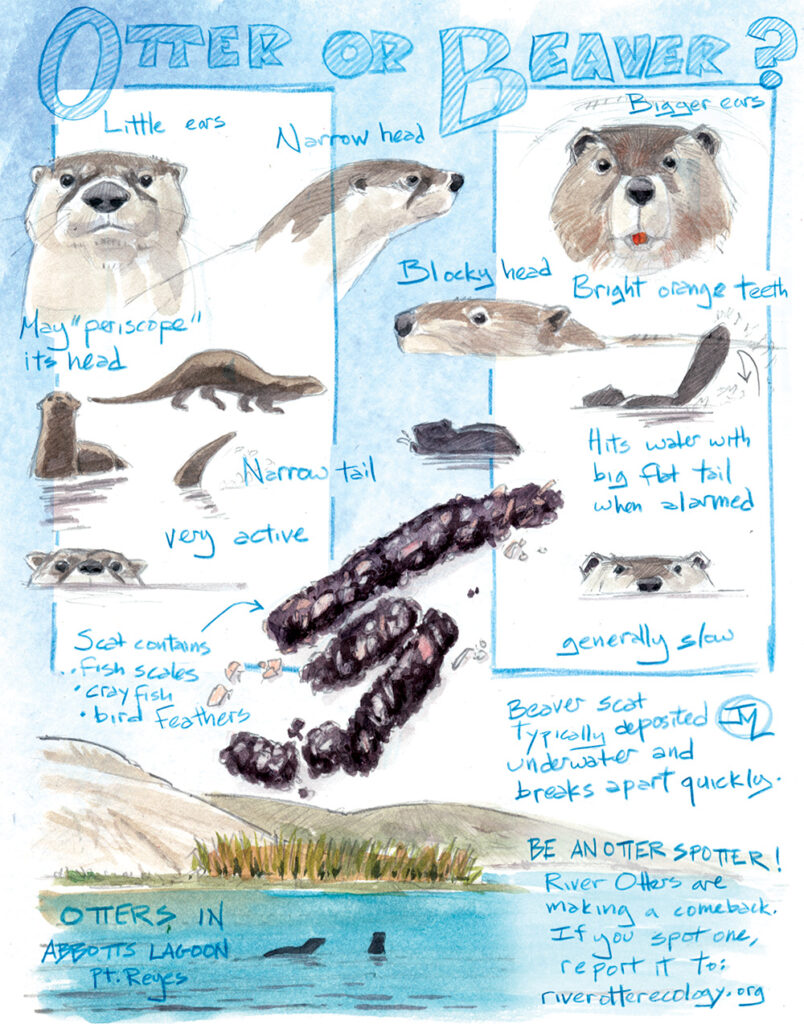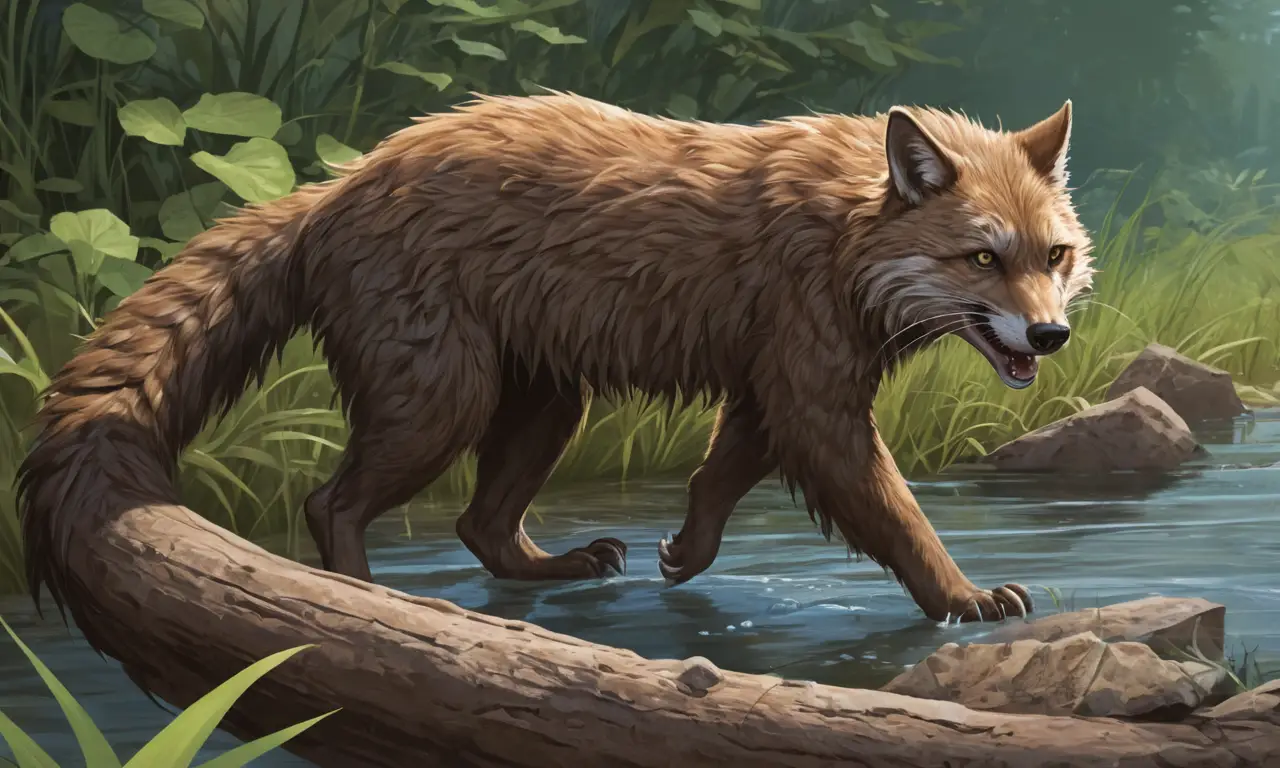
Beavers and otters are two captivating creatures that share a love for water and possess remarkable adaptations for an aquatic lifestyle. Their sleek bodies, webbed feet, and playful nature often lead people to assume they are closely related. However, the truth is more complex. While these semi-aquatic mammals exhibit some striking similarities, their evolutionary paths diverged millions of years ago. This article delves into the fascinating world of beavers and otters, exploring their shared traits and highlighting the key differences that set them apart.
This exploration will begin by examining the commonalities between beavers and otters, focusing on their physical characteristics and behaviors. We will then delve into their distinct evolutionary histories, shedding light on their respective families and lineages. Finally, we’ll analyze the unique adaptations each species has developed to thrive in aquatic environments.
Beavers vs Otters: Similarities
Beavers and otters share a number of intriguing similarities that contribute to their captivating appeal. Both are semi-aquatic mammals, spending significant portions of their lives in or near water. They possess streamlined bodies designed for efficient movement through water, with webbed feet providing propulsion and steering.
Both species also exhibit remarkable dexterity and agility in the water, using their strong tails for balance and propulsion. Their dense fur provides insulation against cold temperatures, allowing them to remain comfortable even in chilly waters. Furthermore, both beavers and otters are known for their playful nature, often engaging in frolicking and swimming activities.
Evolutionary Differences

Despite their shared traits, are beavers and otters related? The answer is a resounding no. While they may appear similar at first glance, beavers and otters belong to entirely different families within the order Carnivora. Beavers are classified under the Castoridae family, while otters fall under the Mustelidae family. This means their evolutionary paths diverged millions of years ago, leading to distinct adaptations and characteristics.
The Mustelidae family is a diverse group encompassing weasels, badgers, wolverines, and other carnivorous mammals. Otters share more recent common ancestry with these terrestrial relatives than they do with beavers. In contrast, the Castoridae family consists solely of beavers, highlighting their unique evolutionary trajectory.
Castoridae Family
The Castoridae family is comprised of two extant species: the North American beaver (Castor canadensis) and the Eurasian beaver (Castor fiber). These large rodents are renowned for their impressive engineering skills, constructing elaborate dams and lodges in rivers and streams. Beavers play a crucial role in shaping aquatic ecosystems, creating wetlands that provide habitat for a wide variety of plant and animal species.
Their iconic flat tails serve as both a rudder for swimming and a powerful tool for felling trees. Beavers possess continuously growing incisors, which they use to gnaw on wood and create their dams and lodges. Their thick fur provides insulation against cold temperatures, allowing them to thrive in diverse habitats across North America and Eurasia.
Mustelidae Family

The Mustelidae family is a vast and diverse group of carnivorous mammals, encompassing over 150 species worldwide. Otters are just one branch within this extensive family, sharing common ancestry with weasels, badgers, wolverines, and other fascinating creatures. Mustelids exhibit a wide range of adaptations, from the sleek bodies of otters to the burrowing habits of badgers.
They are known for their sharp claws, powerful jaws, and keen senses, making them formidable predators in their respective habitats. The Mustelidae family plays a vital role in maintaining ecological balance by controlling populations of rodents, fish, and other prey animals.
Aquatic Adaptations
Both beavers and otters have evolved remarkable adaptations to thrive in aquatic environments. Beavers possess webbed hind feet for efficient swimming and a broad, flat tail that acts as both a rudder and a tool for felling trees. Their dense fur provides insulation against cold water temperatures, while their gnawing teeth allow them to construct dams and lodges.
Otters, on the other hand, have streamlined bodies with thick fur and webbed feet designed for agile movement through water. They possess sharp claws for catching prey and strong jaws for crushing shellfish. Some otter species even use tools, such as rocks, to crack open clams and mussels. Both beavers and otters demonstrate the incredible adaptability of mammals to diverse ecological niches.
Conclusion
While beavers and otters share some superficial similarities due to their semi-aquatic lifestyles, they are not closely related. Their evolutionary paths diverged millions of years ago, leading to distinct adaptations and characteristics. Beavers belong to the Castoridae family, known for their engineering prowess and dam-building abilities, while otters reside in the Mustelidae family, sharing ancestry with weasels, badgers, and wolverines. Both species have developed remarkable aquatic adaptations, showcasing the incredible diversity and adaptability of life on Earth.
